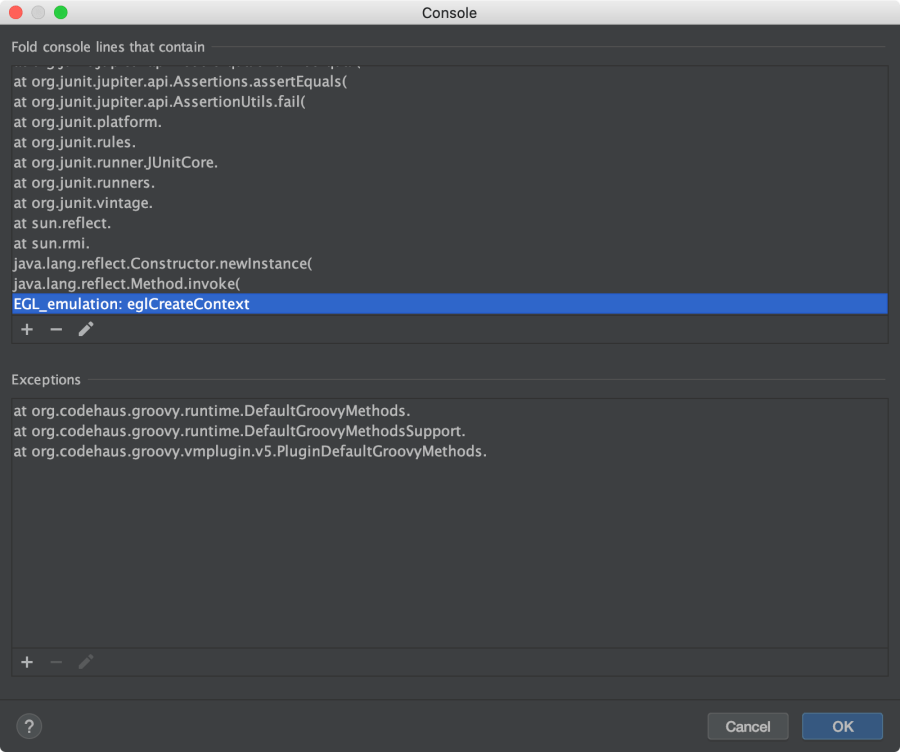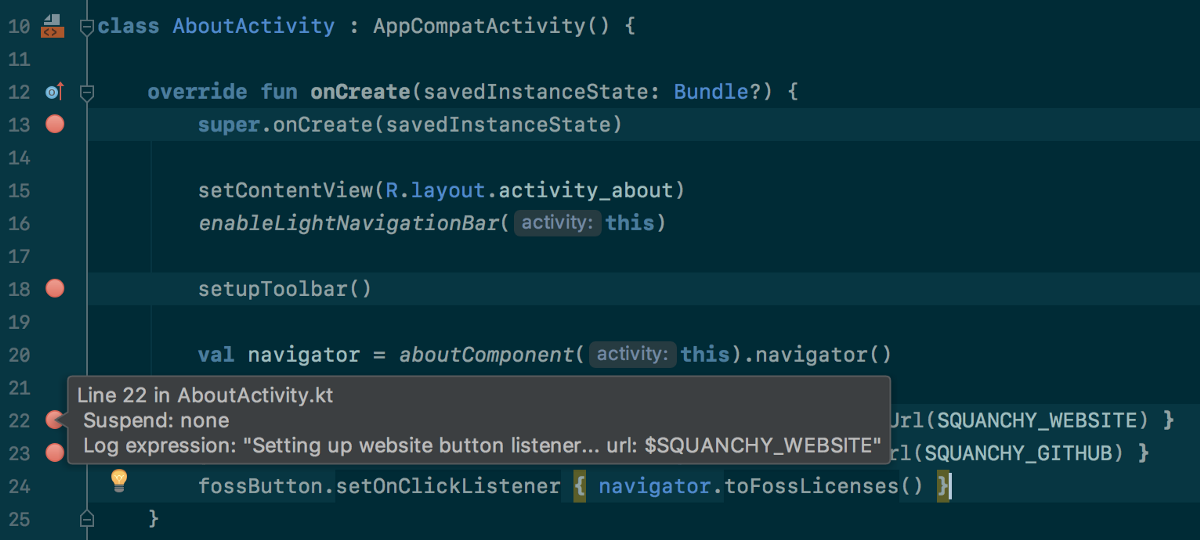

You can use these tags with filters defined in Logcat.
Īssert: Displays issues that should never happen Making a custom level in LogcatĮvery Android log message includes a tag. Įrror: Displays issues that have caused errors. Warn: Displays possible issues that are not yet errors Info: Displays expected log messages for regular usage One method is to use the Log Level dropdown menu, to filter based on log level, open this dropdown and select anything other than the default Verbose option.ĭebug: Displays log messages that are useful during development To get the most out of your application, Logcat has several levels of log messages, so Android Studio provides multiple ways of filtering the logcat output. Choosing No Filter will display all the messages generated by the device or emulator. When this menu is set to Show only selected application, only those messages relating to the app selected in the menu marked as 2 will be displayed in the Logcat panel. Use the search field to filter items based on a search string The following Logcat pane will appear on bottom of Android Studio.įollowing is the description of some important options highlighted in above image:įilter messages based on log level, where messages for your chosen level or higher will be displayed The recommended way to define Tag string: private static final String TAG = "MyActivity" īy clicking the main menu bar View > Tool Windows > Logcat.īy clicking the Logcat Tool Button from the bottom of Android Studio. You can use this tag to filter the logging data and find only the messages you are interested in. It is recommend to define a unique debug tag string for each class so that you can easily track down where a log message originated. It's best to use the appropriate log level for the message you want to log. Log.i("TAG", "Information level message") Here are some sample Log commands categorized by severity: Log.v("TAG", "Verbose level message") It usually identifies the class or activity where the log call occurs. 
Every log message has a tag associated with it, which is used to identify the source of a log message.

This class defines the familiar informational, warning, and error methods that you can filter in the Logcat pane to see just what you want to see. To properly log messages from your application you should use the class. We can see the following messages in Logcat:







 0 kommentar(er)
0 kommentar(er)
